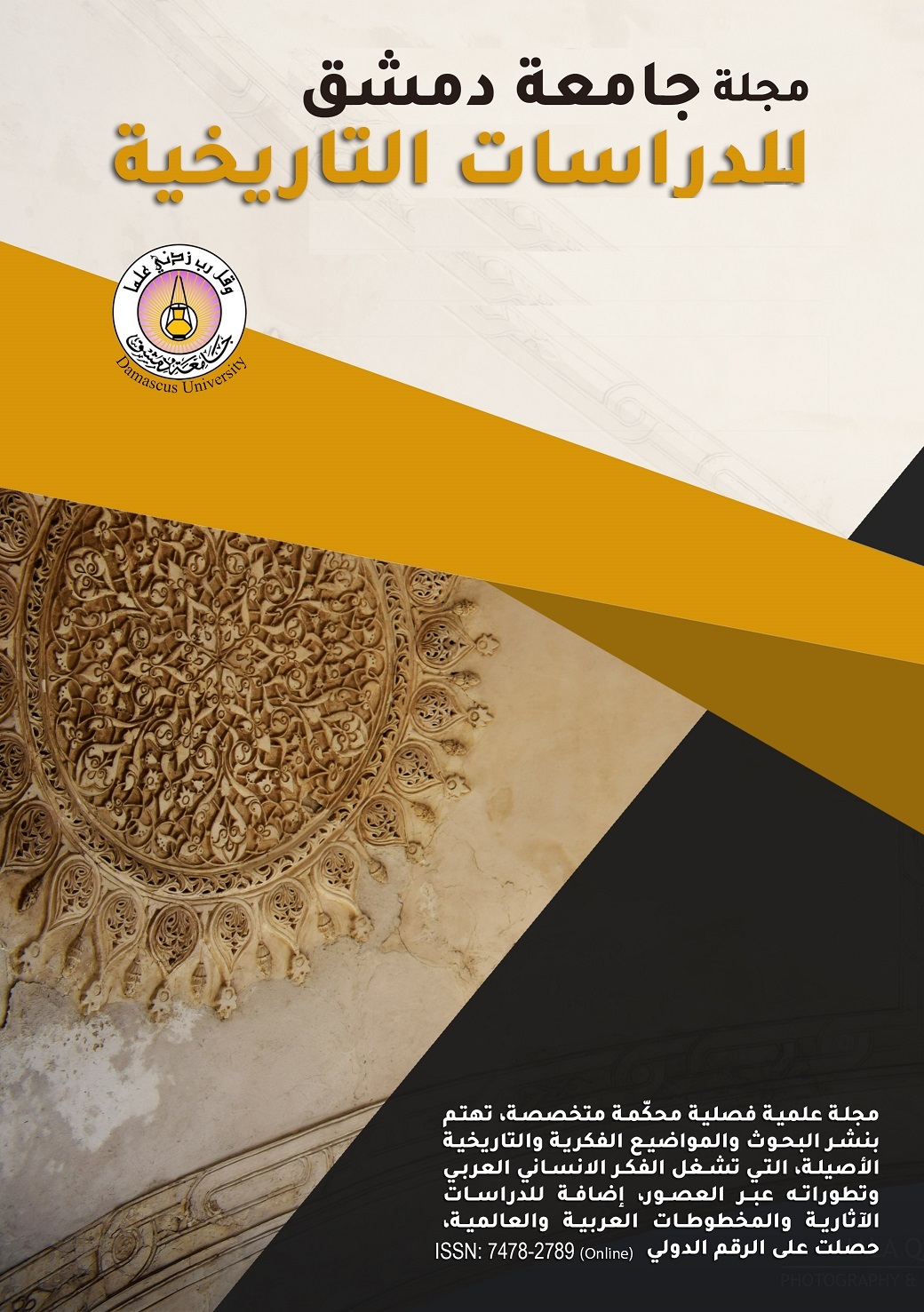Economics Situation in Pakistan
Keywords:
Pakistan, Bangladesh, Divide-and-rule, The British Eastern Indian companyAbstract
The research seeks to shed light on the economic situations in Pakistan as one of the most important nations that has emerged in the Indian subcontinent, and has been able to achieve economic progress where economics considers an important research study. Hence the reasons for choosing the research, which was aimed at studying the economic conditions of Pakistan, and to identify the problems it has faced in various respects and to know the steps taken by the Pakistani government to improve its economy and achieve economic stability in the country. The research consists of an introduction and three interlocutors economic conditions before 1947, the second one: talks about the economic problems that Pakistan faced, and the third one focuses on the economic aspects of the country, namely, agriculture, industry, trade and the most important actions taken by the state to improve the quality of life. The researcher followed the analytical descriptive historical approach By collecting the scientific material from various sources and references, then analyzing them to reach a scientific description of economic conditions based on the information available in these sources and references, but the time frame for the study was chosen from the emergence of Pakistan 1947, until the separation of the eastern division of Pakistan and the establishment of Bangladesh in 1971, because of the importance of this period of study in the Indian subcontinent, it has witnessed the withdrawal of Britain from the Indian subcontinent, the independence of India and the emergence of Pakistan as a nation.

